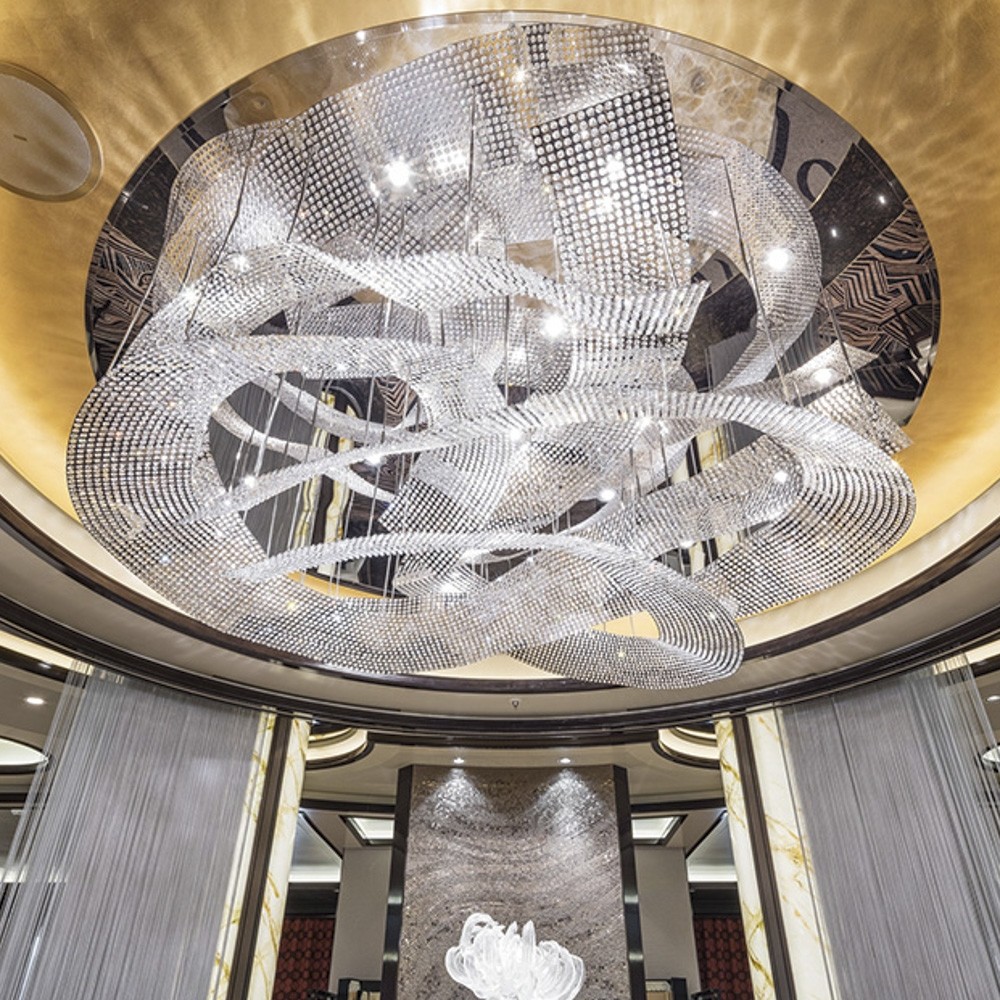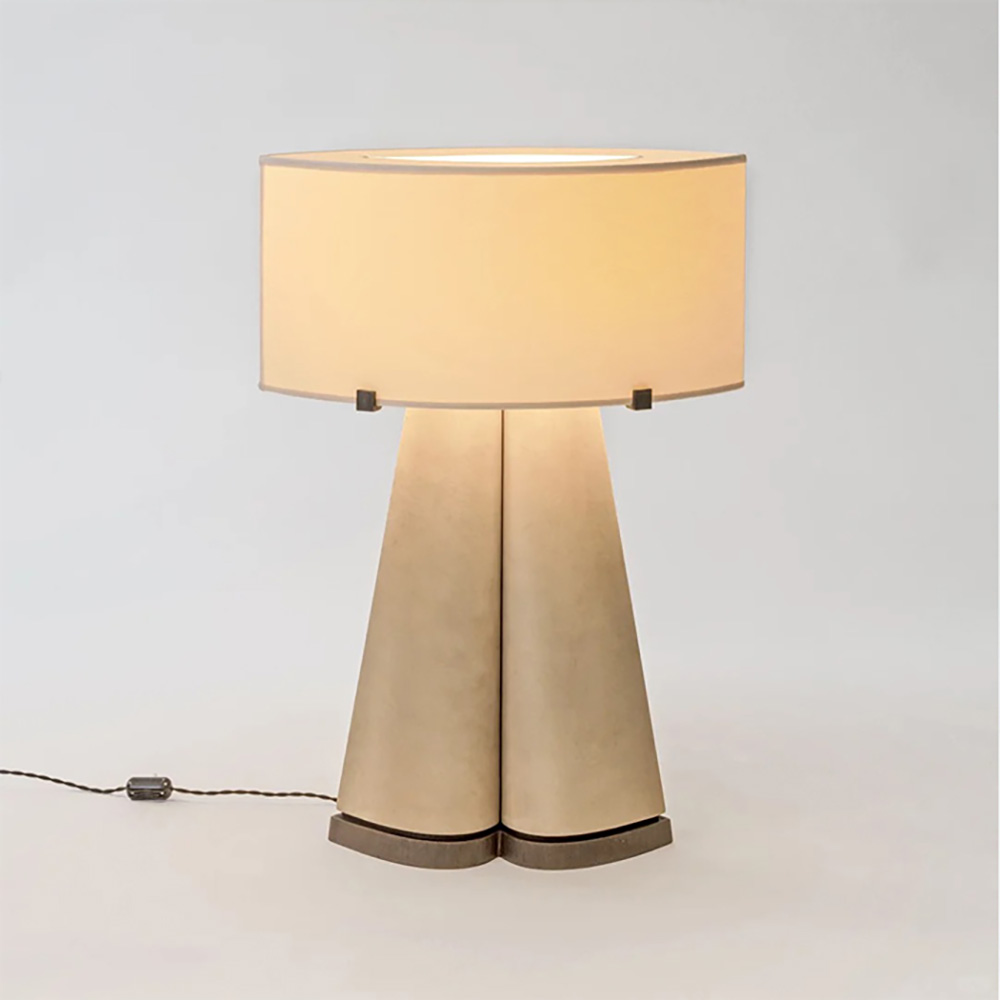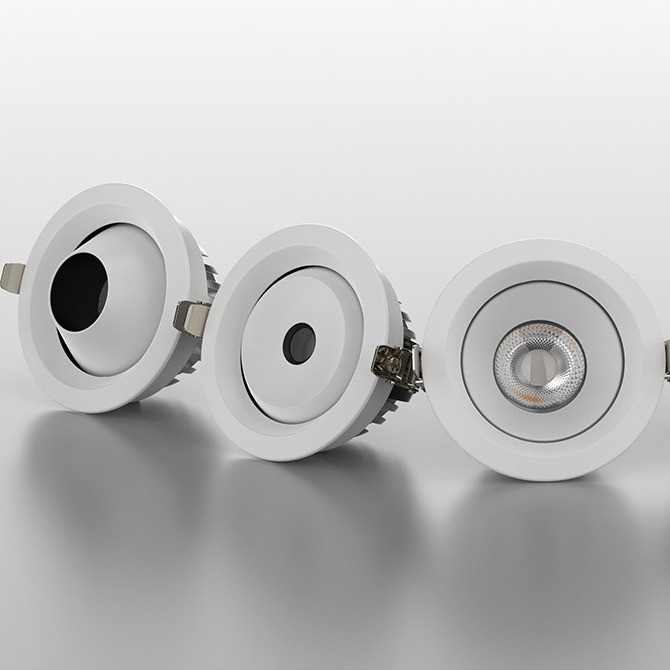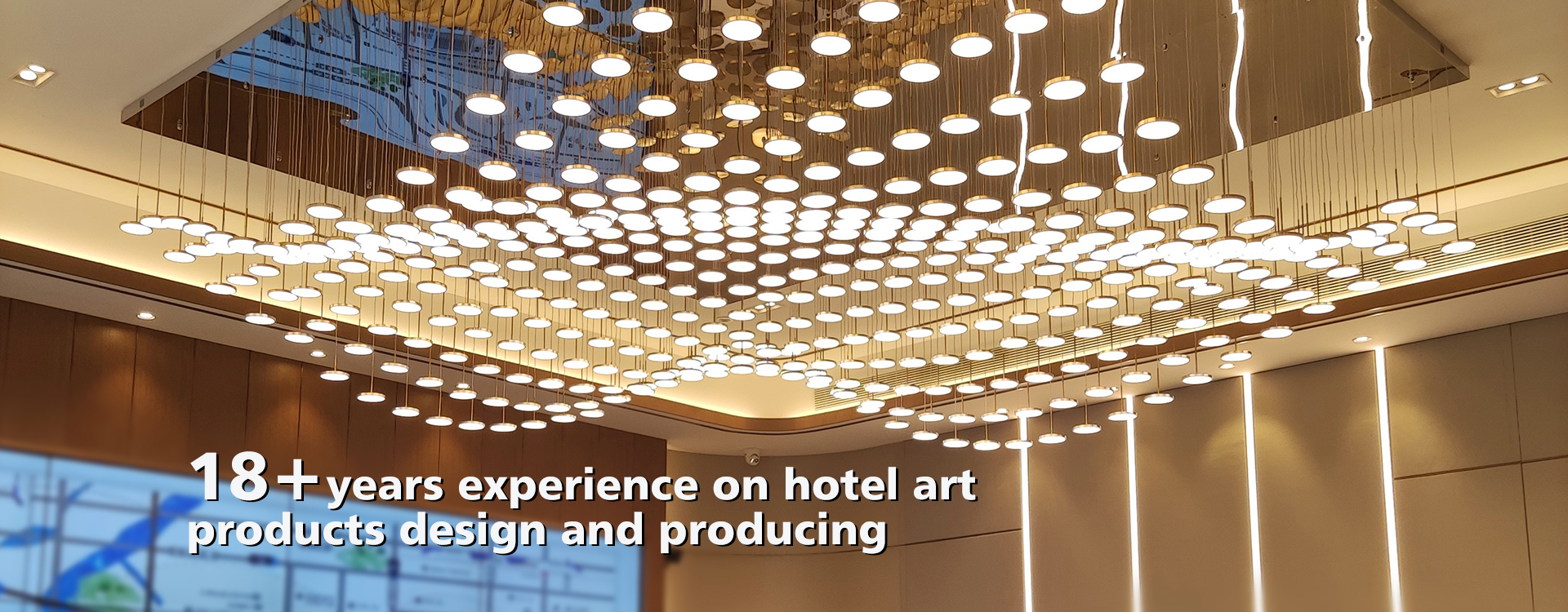Introduction
Packaging plays a crucial role in ensuring the quality of lighting products during transportation. Proper packaging not only protects the products from physical damage but also prevents moisture, dust, and other environmental factors from affecting their functionality. Given the fragile nature of many lighting components, such as glass shades, delicate filaments, and electronic circuits, inadequate packaging can lead to significant financial losses due to breakage and returns. This article explores the importance of packaging in the lighting industry, the key elements of effective packaging, and best practices to ensure safe and efficient transportation.
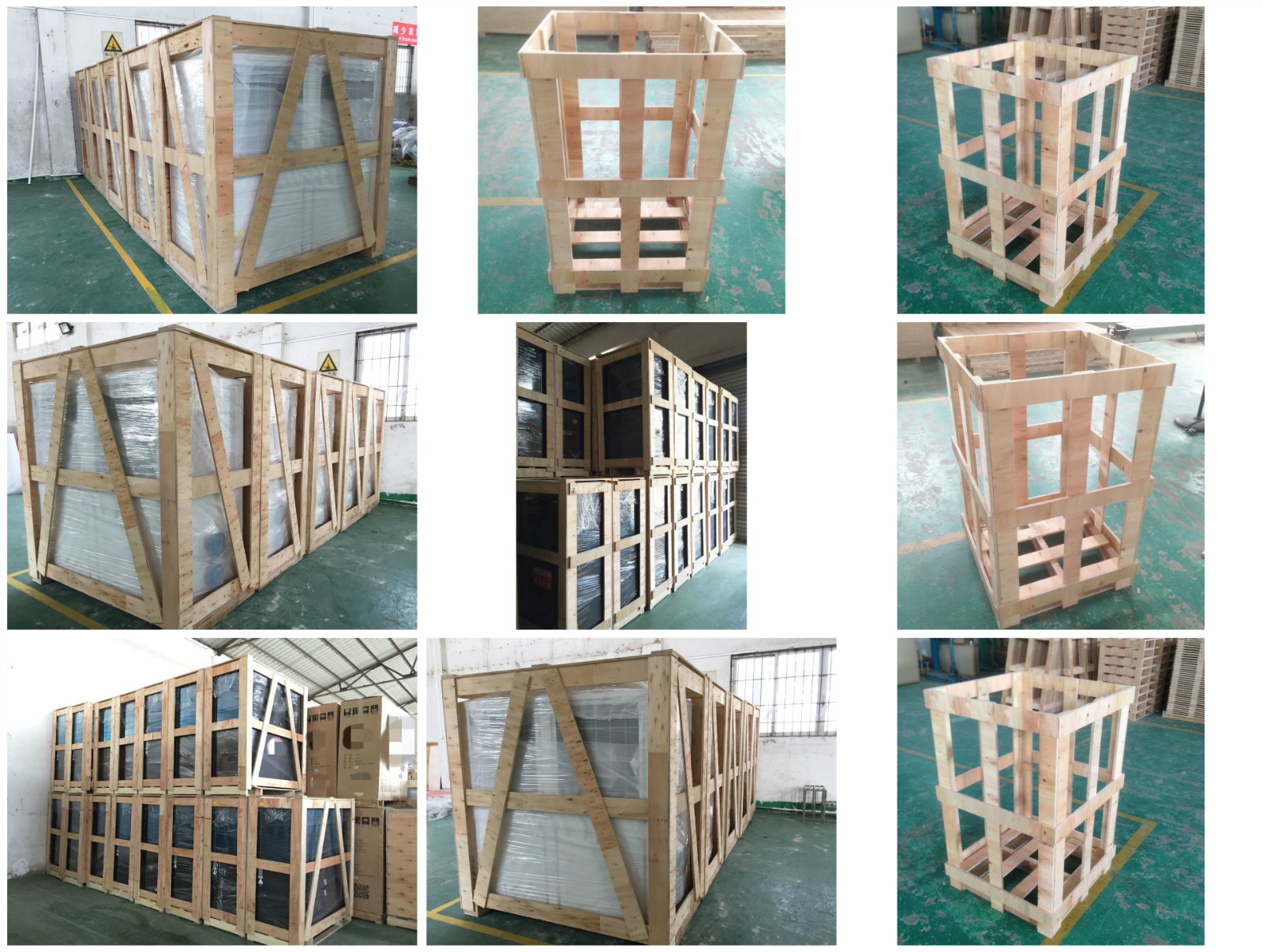
Why Packaging Matters in the Lighting Industry
Lighting products, whether they are LED bulbs, chandeliers, or industrial lamps, often contain fragile materials. Without proper packaging, these items are susceptible to:
1.Physical Damage: Impacts during handling, stacking, or transit can crack glass, bend metal parts, or dislodge wiring.
2.Environmental Factors: Moisture, extreme temperatures, and dust can corrode electrical components or degrade materials.
3.Vibration and Shock: Vehicles in transit generate vibrations that can loosen internal components if not properly cushioned.
Effective packaging mitigates these risks, ensuring that products arrive in perfect condition, reducing returns, and enhancing customer satisfaction.
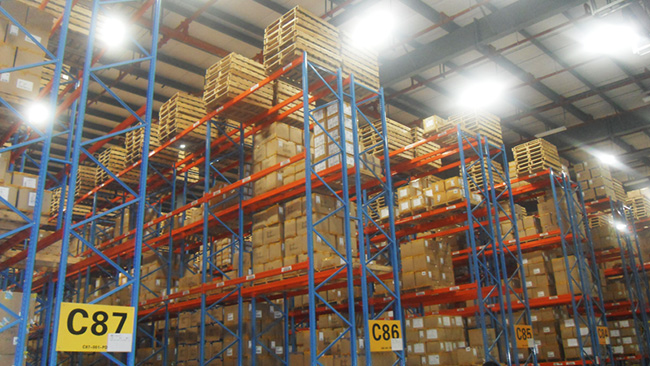
Conclusion
Packaging is a critical factor in maintaining the quality of lighting products during transportation. By using the right materials, structural designs, and protective measures, manufacturers can significantly reduce damage rates, lower costs, and improve customer satisfaction. Investing in high-quality packaging is not just about protection—it’s a key component of brand reliability and product longevity.

